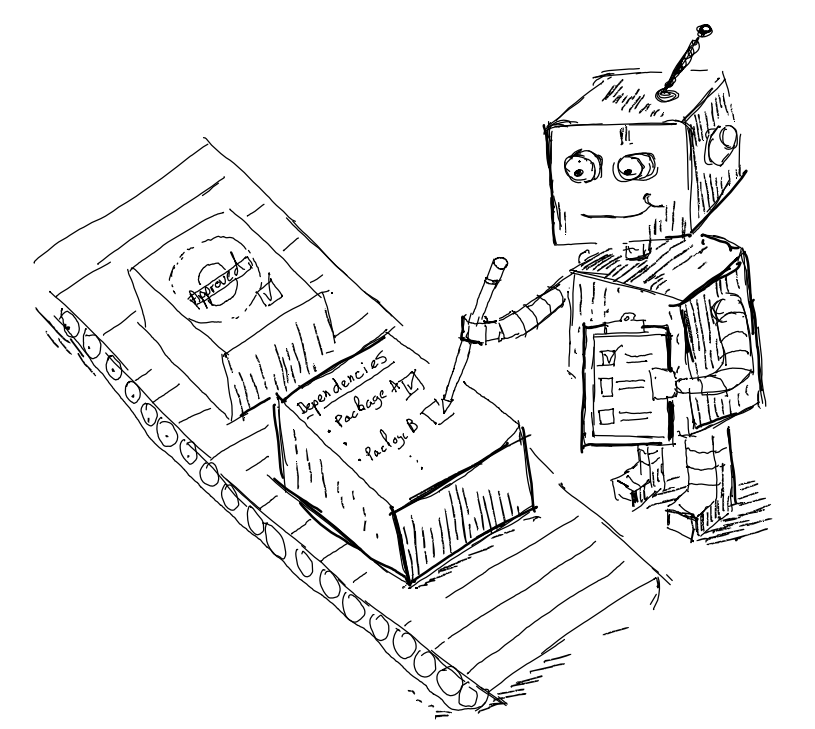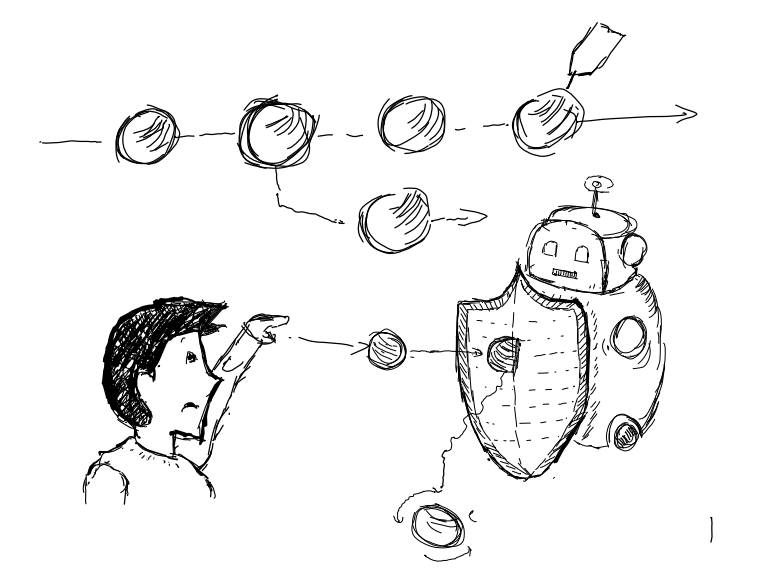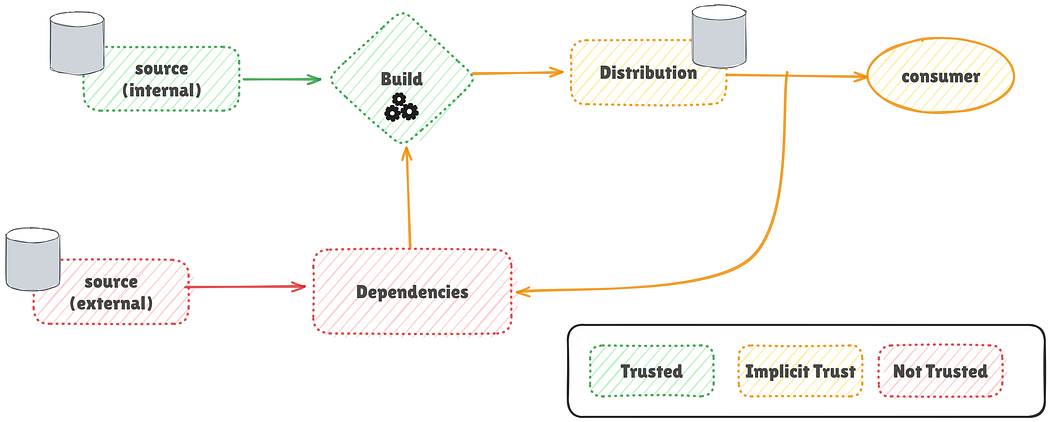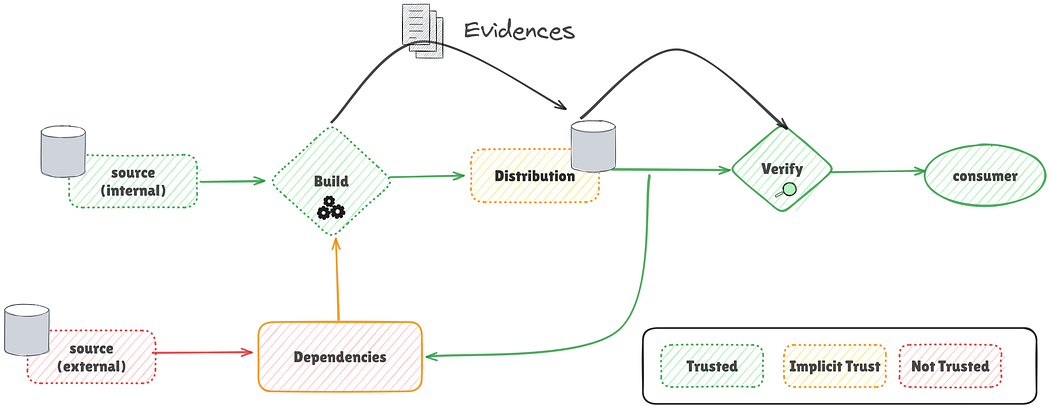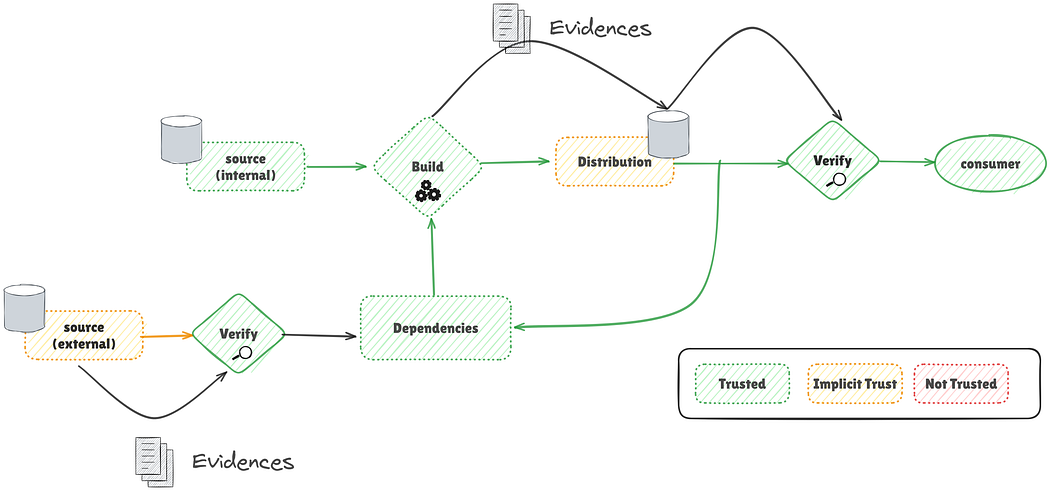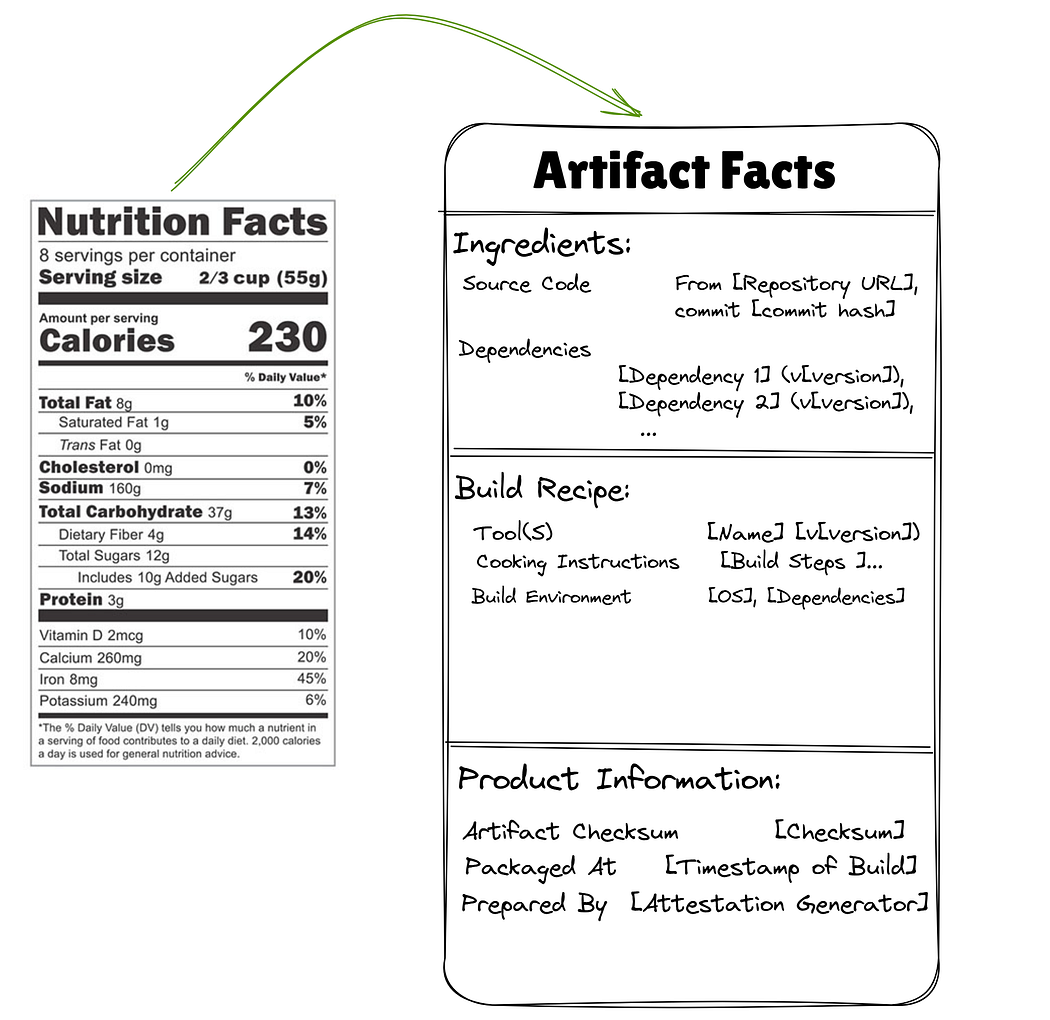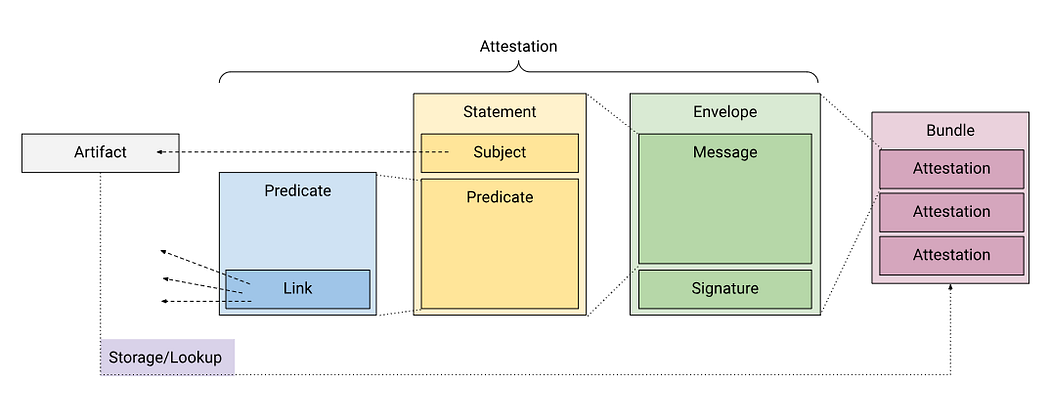5 Key Elements for a Great Developer Experience with Kubernetes
Original Article: 5 Key Elements for a Great Developer Experience with Kubernetes
Summary
This article explores five key elements for achieving an excellent developer experience (DX) with Kubernetes. You’ll discover the importance of using local development tools to bring Kubernetes into the development workspace, enabling self-service to empower teams and reduce friction, setting both soft limits and hard limits for resource management, maintaining a product mindset to focus on developer value, and accounting for varying experience levels within the team.
Implementing these elements can optimize your Kubernetes setup, enhance team productivity, and foster a more efficient workflow. The tips provided in this article help you build a better digital workspace.
Key Concepts
- Local Development Tools: Integrating tools like Skaffold, DevSpace, and Tilt to simplify building, testing, and deploying applications to local Kubernetes clusters.
- Self-Service Kubernetes: Empowering development teams with isolated namespaces and plug-ins to configure DNS and manage remote resources independently.
- Resource Limits: Implementing resource quotas and alerts to manage resource consumption and prevent buggy applications from impacting the cluster.
- Platform as a Product: Adopting a product mindset by making data-driven decisions, prioritizing continuous evolution, and ensuring customer (developer) delight.
- Cross-Team Baseline: Establishing a baseline of Kubernetes knowledge and providing training to accommodate different experience levels within the team.



